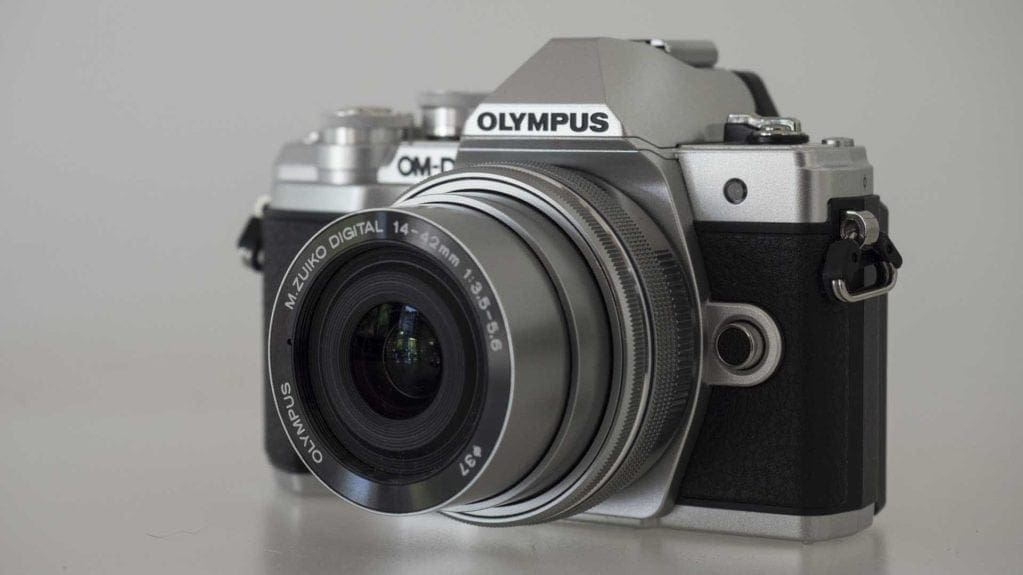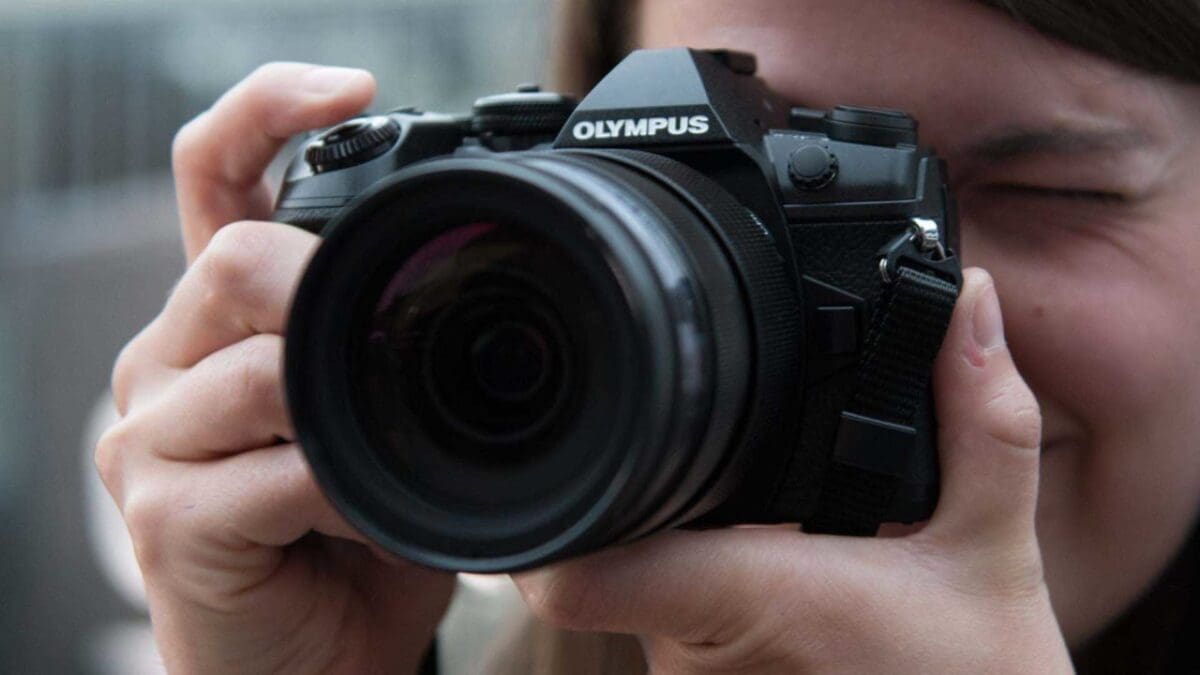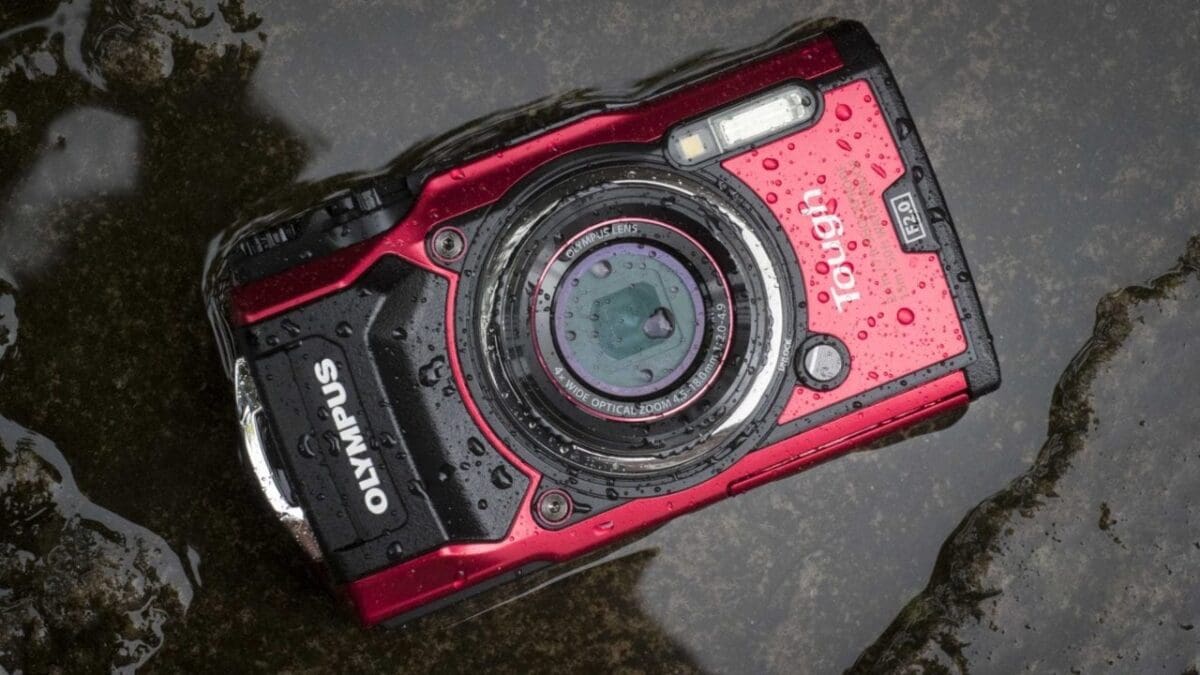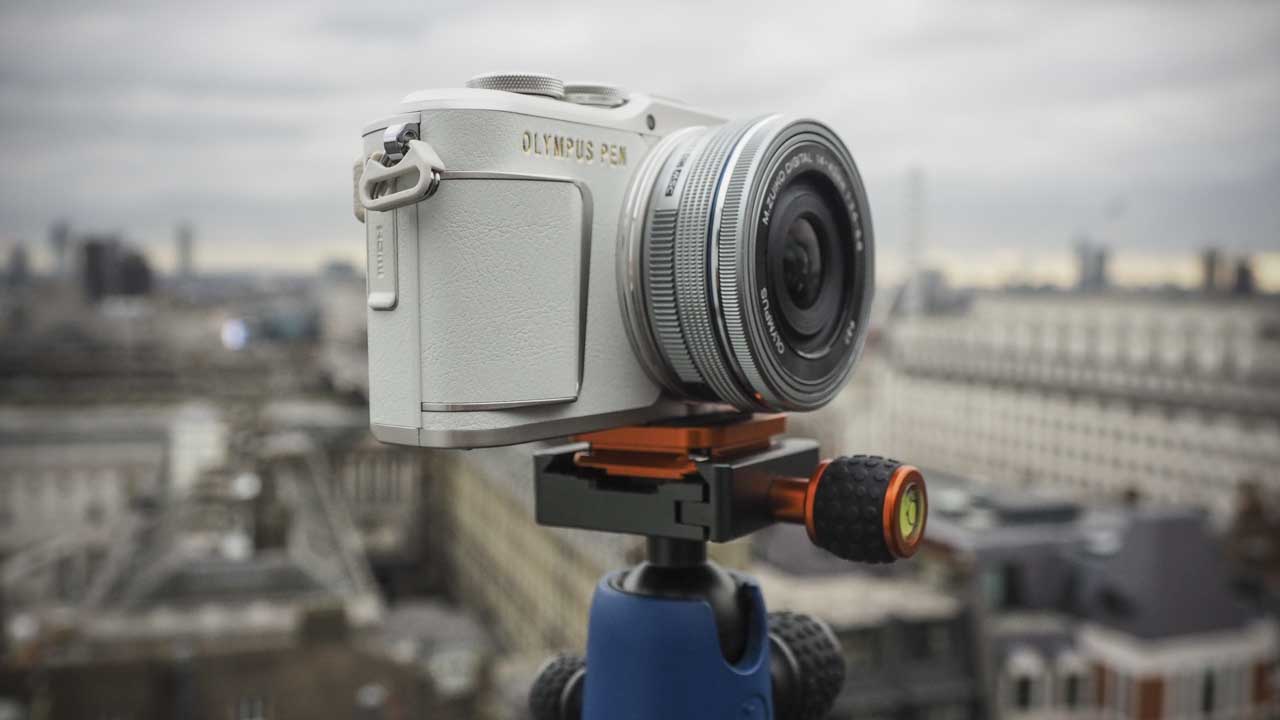Over the last couple of years mirrorless cameras have become increasingly popular and in 2019, their sales overtook those of DSLRs. Canon and Nikon have now got involved in the mirrorless market in a much more serious way, Sony has carved itself a large share of sales, Panasonic has introduced three full-frame mirrorless cameras, along with its Micro Four Thirds models, and Fujifilm has a range of APS-C and medium format cameras.
Which brings us to Olympus. As other manufacturers have moved into full-frame and medium format markets, Olympus has remained steadfast in its commitment to the Micro Four Thirds format it helped develop and grow alongside Panasonic.
And 2019 proved to be an interesting year for Olympus with the OM-D E-M1X being announced in January and the OM-D E-M5 Mark III coming in November. In some ways, these two cameras are opposite ends of Olympus’s Micro Four Thirds spectrum.
The OMD E-M1X has a built-in grip to make it larger and better suited for use with long lenses while the E-M5 Mark III is even smaller than the OM-D E-M5 Mark II to make it even more attractive to travellers.
Both Olympus and the camera market is evolving all the time and you can be sure that Olympus won’t rest on its laurels during 2020. In this post, we’ll take a look at the best Olympus cameras you can buy today for your specific photographic needs.
Best Olympus camera for video
Olympus OMD E-M5 Mark III
- 5-Axis Image Stabilisation
- C4K 24p video at up to 237Mbps or 4K 30p, 25p, 24p video at 30p 102Mbps
It’s often overlooked as such, but the OM-D E-M5 Mark II is a surprisingly capable video camera, and at the end of 2019 Olympus replaced it with the even more capable OM-D E-M5 Mark III. As well as its brilliant 5-Axis Image Stabilisation, the E-M5 Mark III offers C4K recording at 24fps and 4K at 30p, 25p or 24p. And Full HD 1080p footage can be recorded at up to 120fps which is perfect for slow-motion playback.
Further good news is that the highest resolution video enables bit rates of up to 237 Mbps, which is good news for post-production processing.
The OMD E-M5 Mark III scores in another area because it’s very compact yet has an excellent stabilisation system. The latter takes out much of the shake and wobble of hand-held recording and can even smooth out the jerky movement of walking up or downstairs.
Read our OM-D E-M5 Mark III review
Best Olympus camera for travel and street photography

Olympus OM-D E-M10 Mark III
- Small body with Four Thirds sensor
- Viewfinder and tilting touchscreen
The Olympus OM-D E-M10 Mark III is so small that with the 14-42mm EZ lens mounted, it’s easy to think it’s a compact camera. But inside it has a Four Thirds type sensor and there’s the same Micro Four Thirds lens mount as the rest of the OM-D range.
Despite its small proportions, the OM-D E-M10 III has a viewfinder and a tilting touchscreen built-in. The viewfinder is especially useful in bright sunny conditions while the tilting screen is helpful for low-level and creative shots. Helpfully, the touch-control lets you trip the shutter discretely in crowds.
In additions, there’s a 121-point AF system and a maximum shooting rate of 8.6fps in S-AF mode or 4.8fps with continuous focusing. And if you want to shoot video, you can shoot at resolutions up to 4K at 30, 25 or 24p and 102Mbps.
Read our Olympus OM-D E-M10 Mark III review
Best Olympus camera for professional photography

Olympus OMD E-M1 Mark II
- Fast and accurate focusing with moving subjects
- Superb stabilisation system
The OMD E-M1 Mark II is the Olympus camera for a wide range of photography
Its predecessor, the E-M1, was very good, but E-M1 Mark II brings a higher resolution (20.4Mp) sensor, significantly improved autofocusing, High Res Shot mode, 4K video capability and twin SD card slots along with an enhanced Image Stabiliser (IS) system that works across 5 axes. The screen is also now a fully-articulating unit for added versatility.
It’s capable of capturing a high level of detail, noise is controlled well up to ISO 6400 and in the default settings colours look natural while exposures are good.
The autofocus system is also very fast and versatile. It’s even able to keep fast-moving subjects sharp when shooting at 18fps. The IS system really impresses, even delivering sharp hand-held images with 2sec exposures and smooth hand-held video footage.
Add in a high quality viewfinder and a vari-angle touch-screen that helps you shoot from more creative angles and you have a very attractive camera. Further good news is that the range of compatible lenses is now extensive with pro-quality optics delivering superb results.
Best Olympus camera for low light
Best Olympus camera for landscapes and portraits
Rarely does a camera tick so many boxes, but we have to give the Olympus OMD E-M1 Mark II the gongs for these categories as well. The speed of its superb autofocusing system and Tracking AF is so good that wildlife photographers or anyone shooting or filming action will be impressed by its hit rate, even in gloomy conditions.
Which brings us to low light. Olympus’s 5-Axis Image Stabilisation in the E-M1 Mark II is incredible.
In our tests, when shooting at the 100mm end of Olympus’s 12-100mm f/4 lens we were able to get consistently sharp images at 1/2sec, proving the 6.4EV shutter speed extension claim to be true. What’s even more impressive, however, is that at the 12mm we were able to get sharp images with 2sec exposures.
And switching to the camera’s High Res Shot mode allows you to capture 50-megapixel scenes with stunning amounts of detail. The E-M1 Mark II can do it all.
Best Olympus camera for wildlife

Olympus OM-D E-M1X
The OM-D E-M1 Mark II is actually a very good camera for wildlife photography, but thanks to its built-in vertical grip, the OM-D E-M1X is better suited to use with long, heavy telephoto lenses. It also has two processing engines built in and this helps power an intelligent subject detection system. This enables you to set the E-M1X to detect specific subjects including Motorsports, Airplanes and Trains and it works brilliantly and we’re still hoping that animals will be added to the list soon.
There are also two mini-joystick multi-selector controls on the back of the camera for setting the AF point while the viewfinder is in use. Having two of these controls means there’s one in easy reach whether you’re using the horizontal or vertical grip.
Olympus redeveloped the OM-D E-M1 II’s autofocus system for the OM-D E-M1X. It still has 121 cross-type phase detection AF points but the AF algorithm has been re-worked to boost performance – and it works a treat.
Read our Olympus OM-D E-M1X review
Check the price of the Olympus OM-D E-M1X at Amazon UK, Amazon.com, Wex Photo Video, Park Cameras, Adorama, BH Photo Video.
Best Olympus camera for beginners

Olympus Tough TG-5
- 25-100mm f/2.0 zoom lens
- Can shoot raw files
We all know the Olympus Tough cameras’ credentials for ruggedness, but the latest in this range takes a big step forward in image quality. Combining a 12-megapixel sensor with Olympus’s flagship processing engine, the TruePic VIII, the TG-5 can capture much better image quality than its predecessors.
Add in the capability to shoot raw files and more manual controls, and the Tough TG-5 becomes a brilliant little camera you can grow with.
While a compact camera with a relatively small sensor can’t quite replicate the image quality that you’ll get from a DSLR or mirrorless system camera with a Four Thirds, APS-C or full-frame sensor, the TG-5’s tough credentials allow you to take shots that just wouldn’t be possible with these cameras without very expensive housings.
Furthermore, the TG-5’s image quality is very good in many situations so the shots of your most exciting moments won’t disappoint.
If you fancy getting some shots of fun times on the beach or in the pool (or ocean) during your holiday, the TG-5 is a great choice. It’s easy to use, has a great collection of features and can deliver nice images in more standard conditions than the average smartphone.
Best Olympus camera for vlogging

OLYMPUS DIGITAL CAMERA
Olympus PEN E-PL9
- 4K video at 30, 25, 24p
- 3-inch articulating touchscreen
Although the PEN E-PL10 has been announced it only makes a few aesthetic changes to the E-PL9, so we’re sticking with the PEN E-PL9 for our choice for vloggers.
The PEN E-PL9 is the entry-level model in Olympus’s range, and offers 4K video recording at 30, 25 and 24p, and Full HD video can be recorded at 60p.
To go along with that 4K video recording is a vlogger-friendly 3-inch, 1,040k-dot touchscreen that articulates 80 degrees up or 180 degrees down on its bracket for shooting selfies and vlogs.
Video is an essential feature in 2018, especially for vloggers, so the E-PL9’s 4K at 30fps is quite impressive for a camera of this size and price.
There’s also a High Speed Video mode for capturing slow-motion movies, a Clips video mode for capturing 4sec movies and you can also add the camera’s Art Filters and a wide range of other effects to your videos.
You’ll also find the addition of Bluetooth connectivity (a first for Olympus cameras), new art filters, more AF points and Oympus’s new TruePic VIII image processor, inherited from the company’s flagship E-M1 Mark II.
As well as popular Olympus stalwarts Live Composite and Live Bulb modes, the E-PL9 also has Focus Bracketing (shoot up to 999 frames at different focus differentials, which you can merge into a focus stack in your photo editing software), Sweep Panorama, HDR Backlight and Keystone Compensation (for correcting converging lines in-camera) modes.


